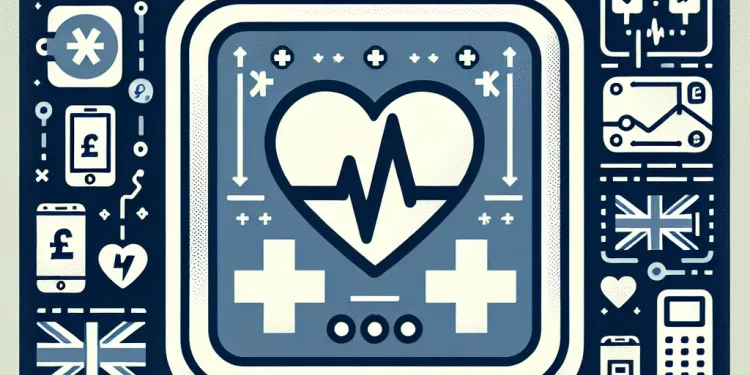
Find Help
More Items From Ergsy search
-

What are the different types of defibrillators?
Relevance: 100%
-
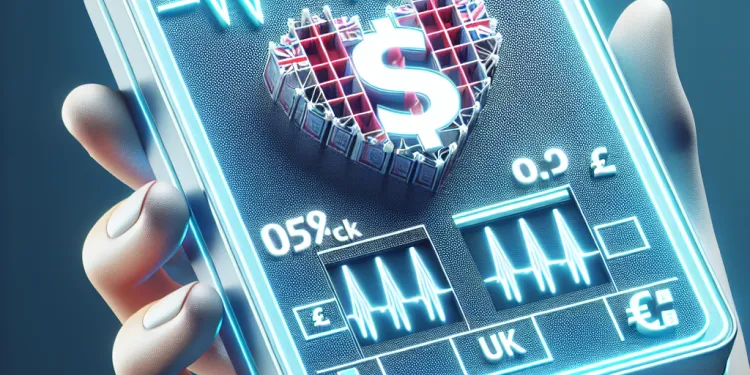
What is a defibrillator?
Relevance: 86%
-
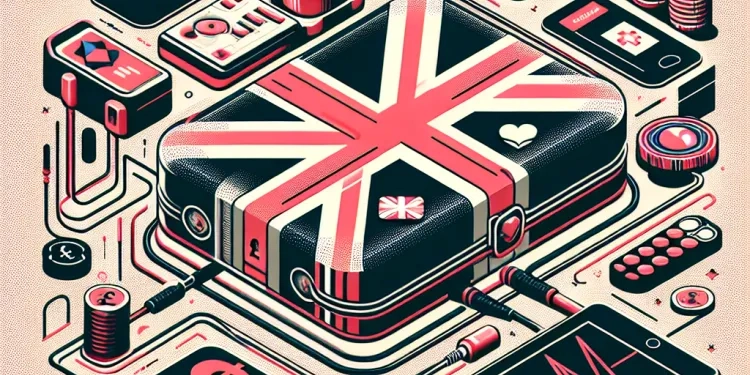
How effective are defibrillators?
Relevance: 82%
-
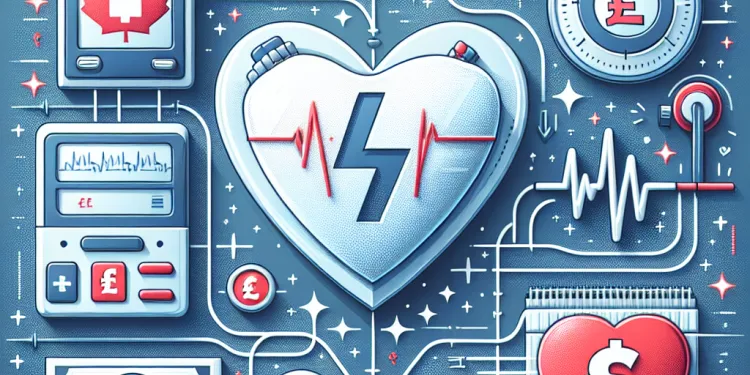
How does a defibrillator work?
Relevance: 79%
-
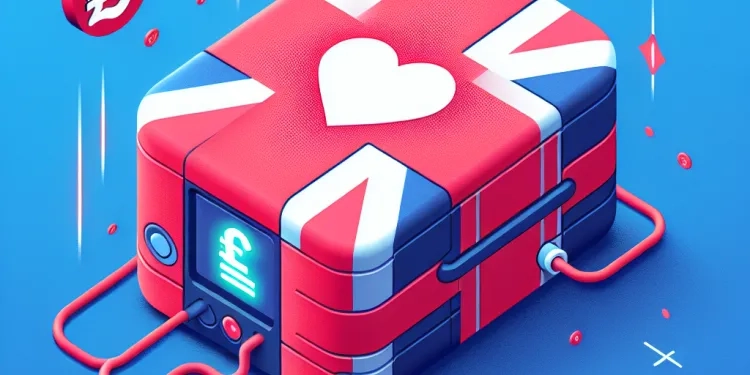
What is the role of a defibrillator in CPR?
Relevance: 78%
-
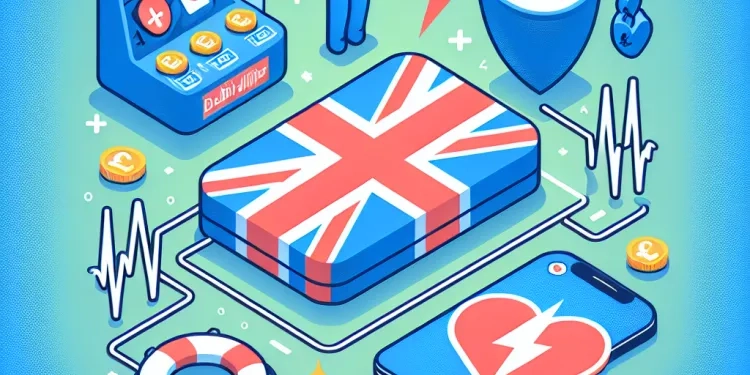
How long do defibrillator batteries last?
Relevance: 77%
-
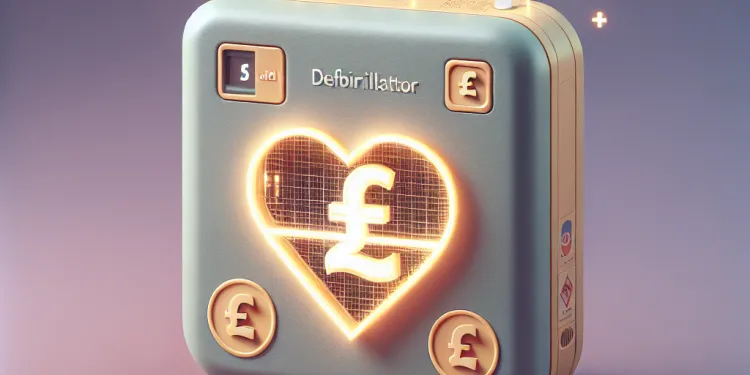
Can defibrillators be used on children?
Relevance: 75%
-
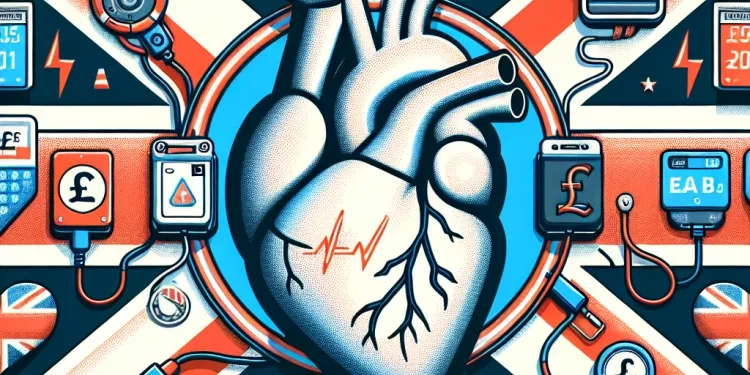
Can a defibrillator restart a stopped heart?
Relevance: 74%
-
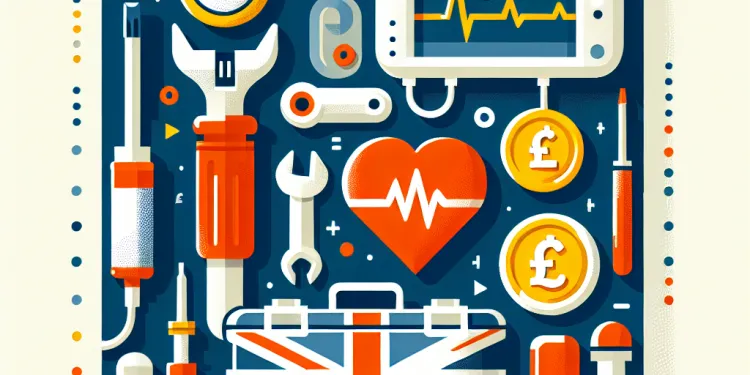
What maintenance do defibrillators require?
Relevance: 72%
-

Who can use a defibrillator?
Relevance: 72%
-
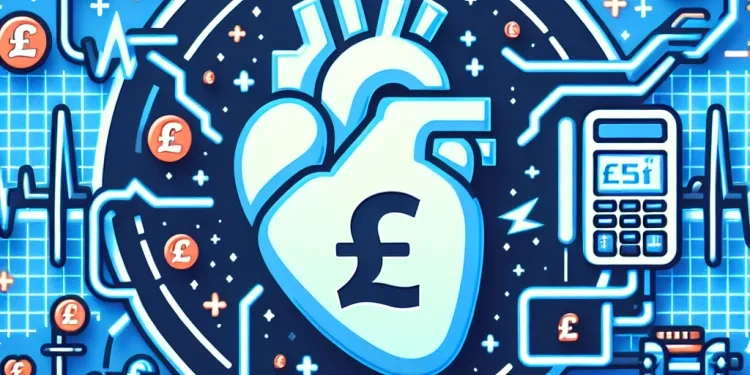
How do you know if a defibrillator is required?
Relevance: 71%
-
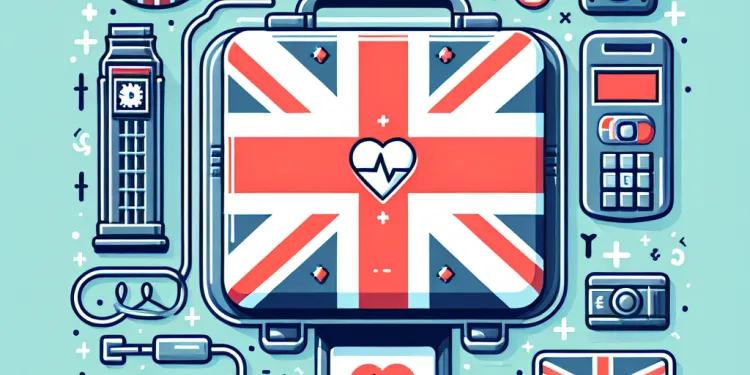
Do defibrillators have any side effects?
Relevance: 70%
-
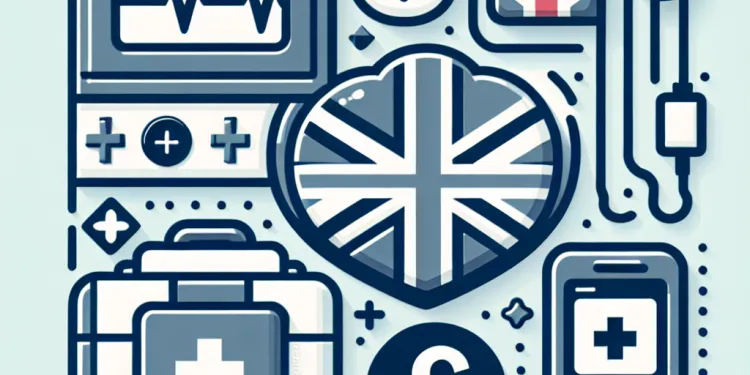
What should you do if a defibrillator is needed?
Relevance: 68%
-
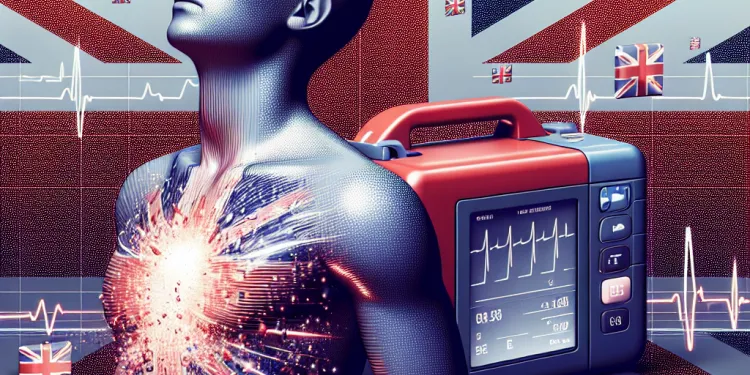
Can you use a defibrillator on a wet person?
Relevance: 67%
-
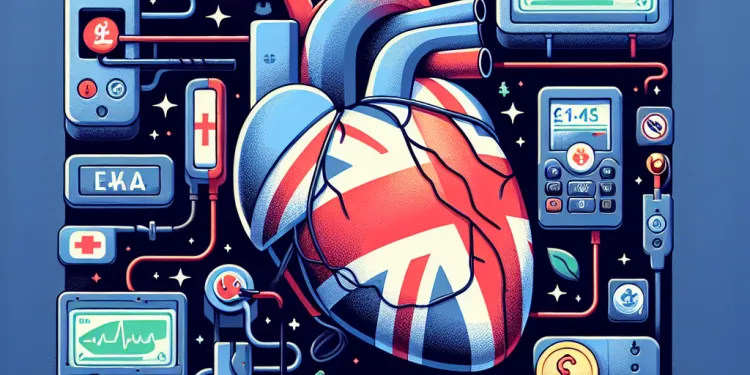
Why are defibrillators important?
Relevance: 58%
-
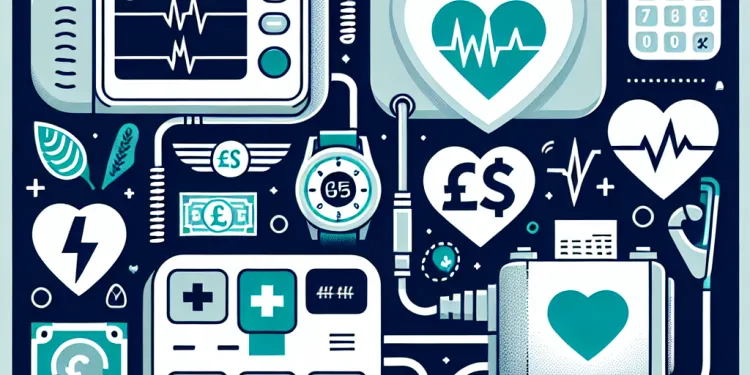
Is it safe to use a defibrillator on someone with a pacemaker?
Relevance: 49%
-
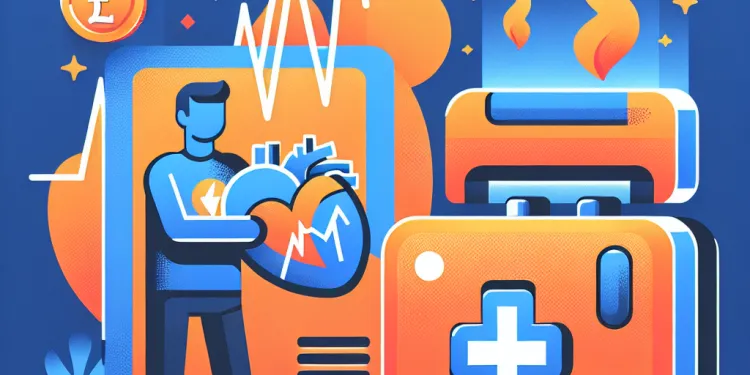
What is a Defibrallator?
Relevance: 47%
-
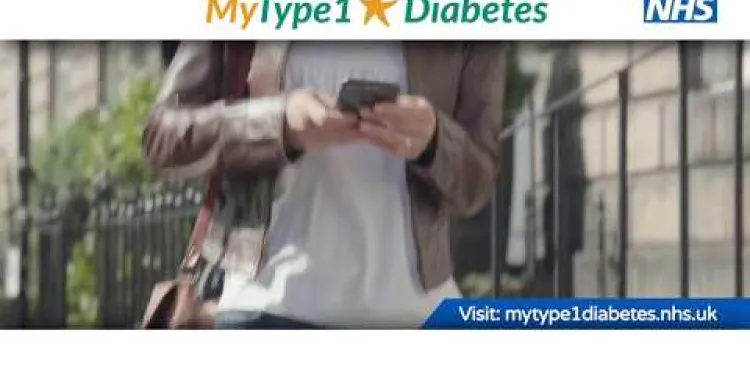
Type 1 Diabetes supporting adults to manage Type 1 diabetes
Relevance: 35%
-

Is Type 2 Diabetes hereditary?
Relevance: 35%
-
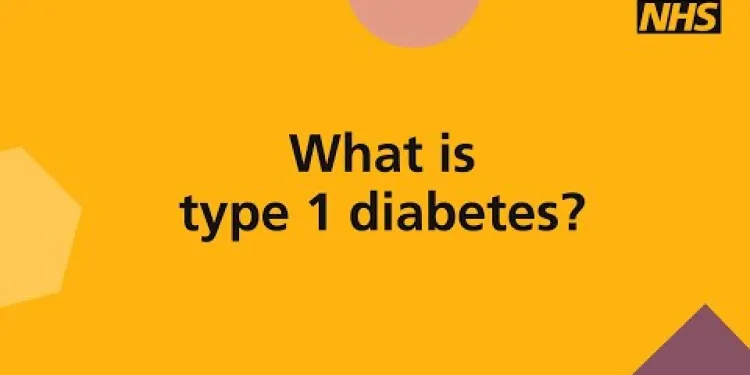
What is type 1 diabetes?
Relevance: 35%
-

Are there different types of ADHD?
Relevance: 35%
-
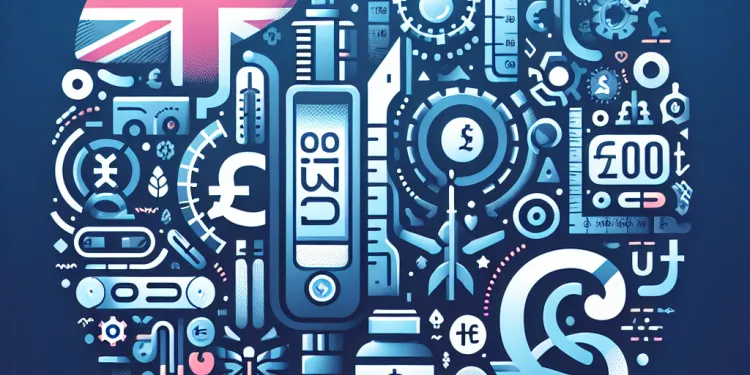
Is Ozempic suitable for type 1 diabetes?
Relevance: 33%
-
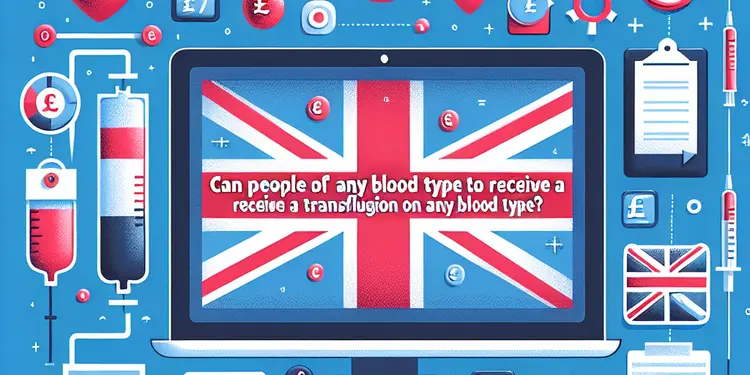
Can people of any blood type receive a transfusion of any blood type?
Relevance: 33%
-
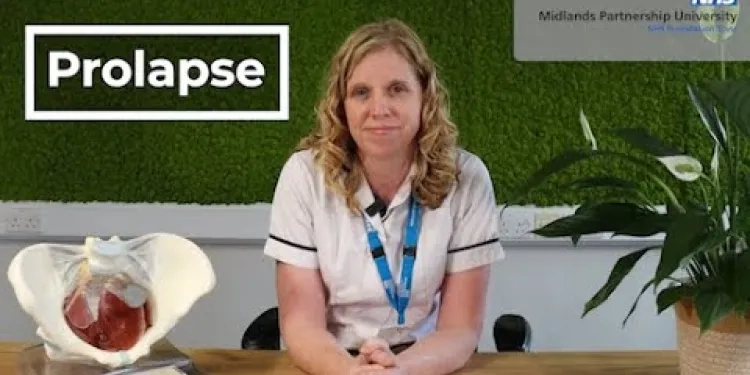
Prolapse Types and Tips
Relevance: 33%
-

Can Type 2 Diabetes go away?
Relevance: 33%
-

What causes Type 2 Diabetes?
Relevance: 33%
-

Can Type 2 Diabetes be prevented?
Relevance: 33%
-

What are the symptoms of Type 2 Diabetes?
Relevance: 33%
-
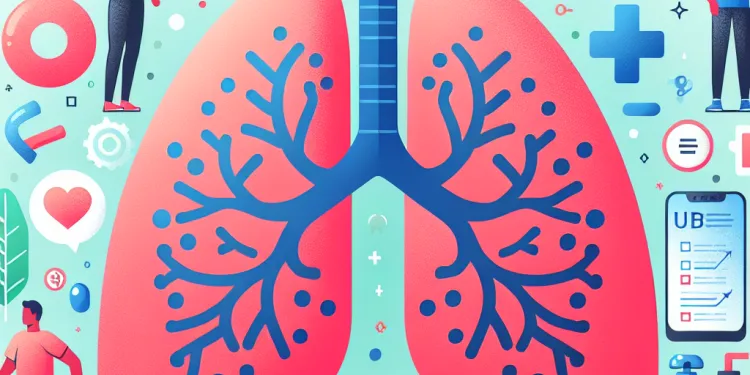
Are there different types of asthma?
Relevance: 32%
-
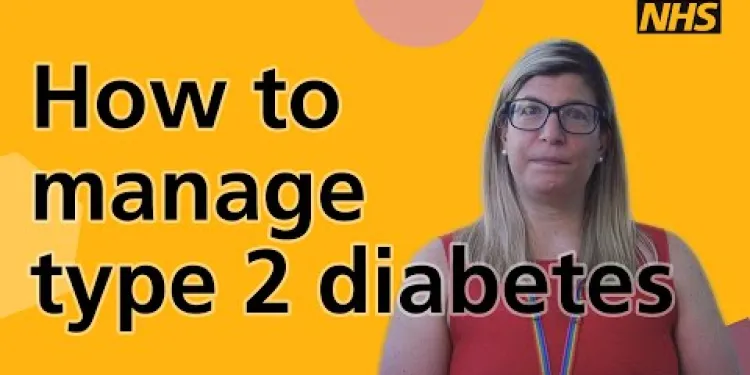
How to manage type 2 diabetes
Relevance: 32%
-
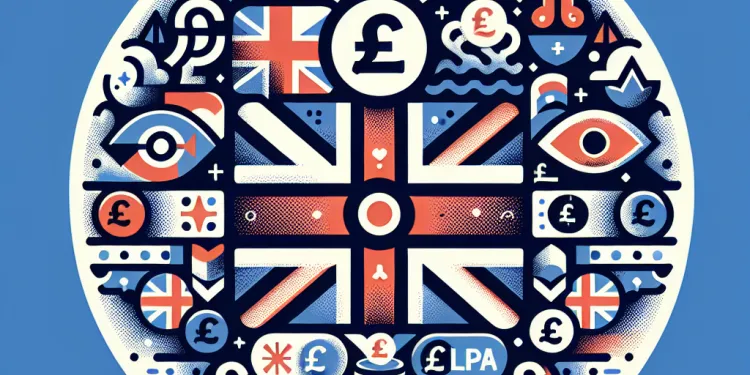
What are the types of LPA?
Relevance: 32%
-

How is Type 2 Diabetes diagnosed?
Relevance: 32%
-
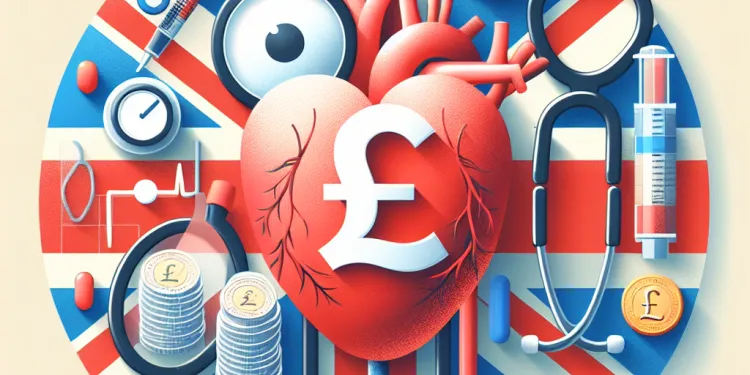
What are the types of thrombosis?
Relevance: 32%
-
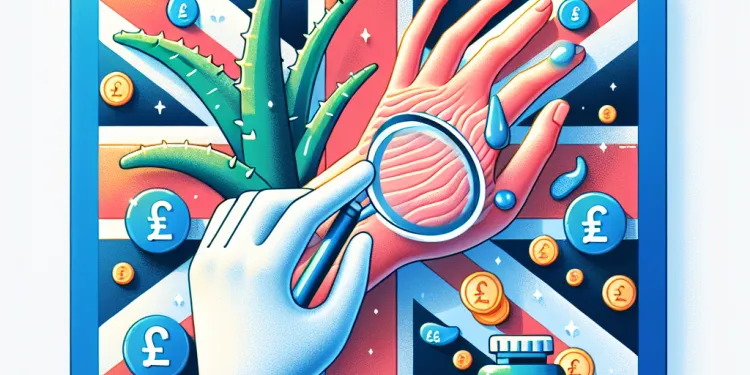
What are the main types of eczema?
Relevance: 32%
-

Can Mounjaro be used in type 1 diabetes?
Relevance: 31%
-

What is the role of insulin in Type 2 Diabetes?
Relevance: 31%
-

What are the types of stoma bags?
Relevance: 31%
-
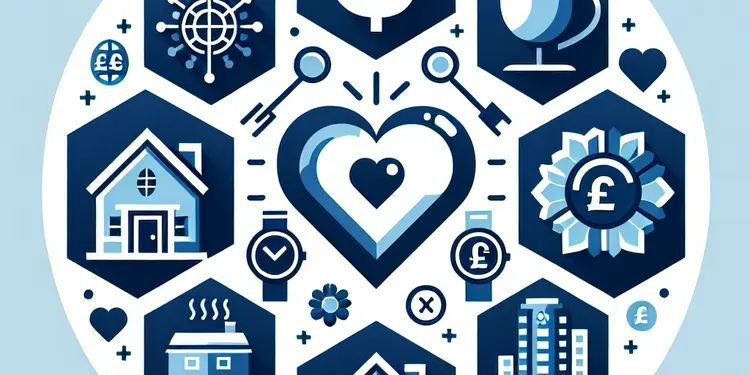
Are there different types of care homes?
Relevance: 31%
-
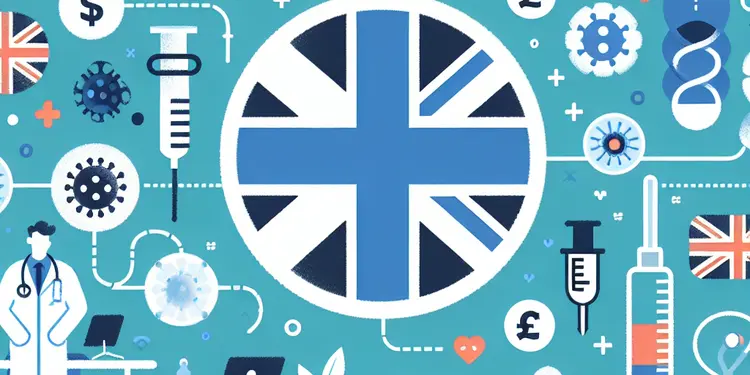
What are the main types of meningitis?
Relevance: 31%
-
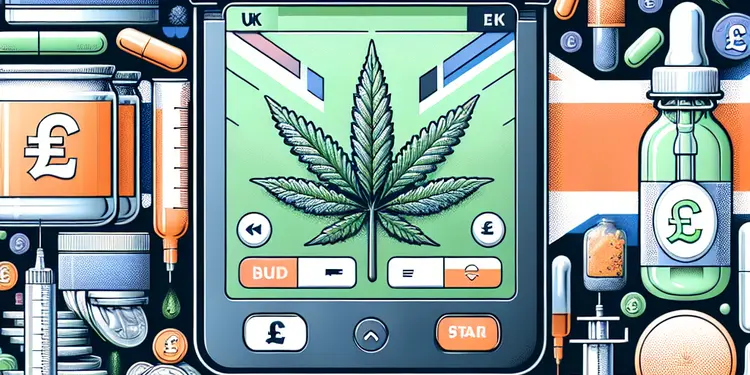
Are there different types of cannabis extracts?
Relevance: 31%
What are the Different Types of Defibrillators?
Defibrillators are critical medical devices designed to deliver a dose of electric current to the heart in order to treat life-threatening cardiac dysrhythmias, particularly ventricular fibrillation and non-perfusing ventricular tachycardia. In the UK, the accessibility and usage of defibrillators have become more prominent with the growing awareness of sudden cardiac arrest. There are several types of defibrillators, each suited for different situations and needs.
Automated External Defibrillators (AEDs)
Automated External Defibrillators, commonly known as AEDs, are portable devices that automatically diagnose life-threatening cardiac arrhythmias and treat them through defibrillation. AEDs are designed to be user-friendly, with simple audio and visual commands, making them suitable for use by laypeople in public places. They are crucial in public settings such as airports, sports arenas, and shopping centres where trained medical personnel may not be immediately available. AEDs feature automated protocols that guide the user through the defibrillation process, ensuring a quick response during critical moments.
Manual External Defibrillators
Manual external defibrillators are more commonly used by healthcare professionals, such as paramedics and emergency room staff. Unlike AEDs, these devices require the user to determine the cardiac rhythm and the appropriate energy level to administer. They provide more flexibility for trained operators, who can adjust the treatment based on their assessment of the patient’s condition. Manual external defibrillators are robust and often feature advanced monitoring capabilities making them ideal for clinical settings.
Implantable Cardioverter Defibrillators (ICDs)
Implantable Cardioverter Defibrillators are devices surgically placed inside a patient’s body, typically under the collarbone. They continuously monitor heart rhythms and automatically deliver shocks when they detect ventricular fibrillation or tachycardia. ICDs are essential for individuals who are at high risk for sudden cardiac arrest due to underlying heart conditions. As a long-term preventative measure, ICDs provide peace of mind and lifesaving intervention for patients without the need for external monitoring.
Wearable Cardioverter Defibrillators (WCDs)
Wearable Cardioverter Defibrillators are non-invasive devices worn outside the body, typically as a vest, and are used for patients who require protection from sudden cardiac arrest but are not suitable candidates for an ICD. WCDs continuously monitor the heart’s activity and are capable of delivering a treatment shock if necessary. They are particularly useful for patients recovering from recent medical episodes such as myocardial infarctions or heart surgery when the risk of arrhythmias is temporarily elevated.
In conclusion, defibrillators are versatile devices that play a crucial role in the management of sudden cardiac events. Understanding the different types and their applications can greatly enhance response times and increase survival rates following cardiac-related emergencies in various settings across the UK.
What are the Different Types of Defibrillators?
Defibrillators are important machines that help restart your heart if it stops beating normally. They give your heart a small electric shock. They are used to help someone whose heart is beating in a dangerous way. In the UK, more people know about these machines because they can save lives. There are different types of defibrillators for different situations and people.
Automated External Defibrillators (AEDs)
Automated External Defibrillators, or AEDs, are small machines that you can carry. They are made to find problems with the heart and fix them quickly. AEDs are easy to use because they have simple pictures and voices that tell you what to do. This makes them a good choice for people who are not doctors or nurses. AEDs are often found in public places like airports and sports areas. They help you act fast when someone needs help with their heart.
Manual External Defibrillators
Manual external defibrillators are used by doctors and paramedics. These people know how to check the heart and decide the right way to help it. This kind of machine is strong and good for hospitals and ambulances. Professionals use it to watch the heart closely and make sure they give the right treatment.
Implantable Cardioverter Defibrillators (ICDs)
Implantable Cardioverter Defibrillators are small machines put inside the body. They are usually placed under the collarbone through surgery. They keep an eye on the heart all the time and give a shock if the heart is not beating right. ICDs help people who might have heart problems in the future. They provide safety and do not need help from outside the body.
Wearable Cardioverter Defibrillators (WCDs)
Wearable Cardioverter Defibrillators are worn outside the body, like a vest. They help people who might have a heart problem but cannot have an ICD inside them. WCDs watch the heart and give help if they need to. They are useful for people who just had a heart attack or heart surgery and need extra help for a little while.
To sum up, defibrillators are important machines that help save lives when someone has a heart emergency. Knowing about the different types helps us be ready and act fast in many places across the UK.
Frequently Asked Questions
What are defibrillators?
Defibrillators are medical devices used to restore a normal heartbeat by sending an electric pulse or shock to the heart.
What is an Automated External Defibrillator (AED)?
An AED is a portable device used to treat sudden cardiac arrest by analyzing the heart's rhythm and delivering an electric shock if necessary.
What is a Manual External Defibrillator?
A manual external defibrillator requires a healthcare professional to operate it and manually decide the energy level of the shock.
What is a Manual Internal Defibrillator?
A manual internal defibrillator is used during surgery or invasive procedures where paddles are placed directly on the heart.
What is a Wearable Cardioverter Defibrillator (WCD)?
A WCD is a wearable device that continuously monitors the heart and delivers a shock if it detects a life-threatening arrhythmia.
What is an Implantable Cardioverter Defibrillator (ICD)?
An ICD is a small device implanted in the chest that monitors heart rhythm and delivers shocks to correct abnormal rhythms.
What types of defibrillators are used by laypersons?
Automated External Defibrillators (AEDs) are designed for use by laypersons with little or no training.
What training is required to use a Manual Defibrillator?
Manual defibrillators require professional training and are usually operated by healthcare professionals.
Are AEDs effective?
Yes, AEDs are highly effective and can significantly increase the chance of survival when used promptly and correctly.
Can a defibrillator harm a person who doesn’t need it?
AEDs are designed to only shock if necessary, minimizing the risk of harm to individuals who do not need a defibrillation shock.
Are defibrillators safe to use in wet environments?
Precautions should be taken, but AEDs can be used in wet conditions if necessary; ensure the chest is as dry as possible before use.
Do ICDs require surgery for implantation?
Yes, ICDs require a surgical procedure to implant the device under the skin in the chest or abdomen.
How does a Wearable Cardioverter Defibrillator work?
The WCD continuously monitors the heart and automatically delivers a shock if it detects a dangerous arrhythmia.
What is the difference between an ICD and a pacemaker?
An ICD delivers shocks to correct dangerous arrhythmias, while a pacemaker regulates heartbeats but cannot deliver shocks.
Can AEDs be used on children?
Yes, with child-specific pads or settings an AED can be safely used on children.
How are defibrillator pads applied to the body?
The pads are applied to the chest in specific positions, as illustrated on the pads or device, to ensure effective delivery of the shock.
Can defibrillators be used on pregnant women?
Yes, defibrillation can be performed on pregnant women as it is critical to save both the mother and the fetus.
What should you do before using an AED?
Ensure the person is unconscious and not breathing, call emergency services, and follow the voice or visual prompts from the AED.
How is the battery life of an AED managed?
AEDs perform self-checks and will alert users when batteries or pads need replacing; regular maintenance checks are recommended.
What are the benefits of using defibrillators in public places?
Having AEDs in public places can increase survival rates of sudden cardiac arrest by providing immediate assistance before emergency services arrive.
What are defibrillators?
A defibrillator is a machine. It helps if someone's heart stops. It sends a small electric shock to the heart. This can help the heart start again.
Defibrillators are in many public places. You can find them in airports, shopping centers, and schools.
If you see someone collapse, call for help. You can call 911 (or the emergency number in your area). They might tell you to use a defibrillator if there is one nearby.
Some defibrillators talk to you. They tell you what to do step-by-step. This makes them easy to use, even if you are scared or nervous.
Ask an adult to show you how one works. You could also watch a video online or read a book together. Knowing about defibrillators can help you stay calm in an emergency.
Defibrillators are machines that help fix the heartbeat. They do this by giving the heart a small electric shock.
What is an Automated External Defibrillator (AED)?
An AED is a machine that helps if someone's heart stops beating.
The AED can give an electric shock to the heart. This can help the heart start beating again.
Sometimes, people who call 911 or emergency services can tell you where to find an AED.
Remember to always call for help if someone needs it. Emergency services can guide you on how to use an AED.
An AED is a small machine you can carry. It helps people when their heart suddenly stops. It checks how the heart is beating and can give a small electric shock if needed.
What is a Manual External Defibrillator?
A manual external defibrillator is a machine that helps your heart start beating correctly again. It is used in emergencies when someone's heart stops working properly.
How it Works: A trained person uses this machine to give an electrical shock to the heart. This can help the heart beat normally again.
Helpful Tips:
- The machine has pads that a trained person puts on the person's chest.
- It is important to call for help and get a trained person to use the defibrillator.
- You can learn where these machines are in your community, like in schools or public places.
Remember: Always ask an adult for help in an emergency.
A manual external defibrillator is a machine used in emergencies. A doctor or nurse needs to use it. They decide how much energy to use when giving a shock.
What is a Manual Internal Defibrillator?
A manual internal defibrillator is a special machine that helps start a person's heart if it stops.
Doctors use this machine during an operation. They give a small electric shock to the heart. This helps the heart beat properly again.
If you want to know more, you can ask a doctor or look at a health book.
A special machine called a manual internal defibrillator is used during surgery. It helps when doctors need to place paddles right on the heart.
What is a Wearable Cardioverter Defibrillator (WCD)?
A Wearable Cardioverter Defibrillator, or WCD, is a special vest. It helps people with heart problems. The vest watches your heart and can help if your heart stops working properly.
If you use a WCD, it might be a good idea to have a friend or family member help you understand how it works. You can also ask your doctor or nurse to explain it to you.
A WCD is a special device you can wear. It watches your heart all the time. If your heart has a big problem, it can give a little shock to help.
What is an ICD?
An ICD is a small device put inside your chest to help your heart. If your heart stops beating right, it gives a small shock to make your heart beat normally again.
Here are some tips to help you understand better:
- Use pictures or diagrams of the heart and ICD.
- Watch videos that explain how the ICD works.
- Ask someone to read and explain it to you.
An ICD is a tiny machine put inside the chest. It checks the heartbeat and gives a small shock to fix it if it is not beating right.
What are the different types of defibrillators people can use?
Automated External Defibrillators (AEDs) are machines that help people whose hearts have stopped. They are easy to use, even if you haven't been trained.
What training do you need to use a Manual Defibrillator?
To use a Manual Defibrillator, you need special training. This training helps you learn how to help when someone's heart stops.
Here are some tips and tools to help you:
- Take a first aid class. This will teach you how to help in emergencies.
- Practice on a manikin. This is a dummy that helps you learn what to do.
- Use pictures and videos. They can show you the steps clearly.
Remember, training helps you stay calm and do the right thing in an emergency.
Manual defibrillators are special machines that help restart a person's heart. You need training to use them, and they are usually used by doctors or nurses.
If you want to learn more or need help, you can ask a friendly adult or a healthcare worker.
Do AEDs Work Well?
AEDs help people when their heart stops. They are easy to use. AEDs can save lives. If someone falls and is not awake, call 911 and use an AED.
Support tools that can help:
- Videos that show how to use AEDs.
- Pictograms or simple drawings.
Yes, AEDs work very well. They can help save a person's life if you use them quickly and in the right way.
Can a Defibrillator Hurt Someone Who Doesn't Need It?
A defibrillator is a machine that helps when someone’s heart stops. It sends an electric shock to the heart.
If you do not need a defibrillator, it could still give you an electric shock. This might hurt.
If you are not sure, it is important to ask a doctor or a nurse for help.
Using a defibrillator the right way is very important. Make sure you are trained before you use one.
AEDs are made to give a shock only if needed. This means they are safe and won't hurt someone who doesn't need a shock.
Can you use defibrillators safely in wet places?
Defibrillators are machines that help when someone's heart stops.
It's important to be careful when using them in wet places.
Water and electricity don't mix well.
Here are some tips:
- Try to move the person to a dry area.
- Dry the person's chest if it's wet.
- If you can't move the person, make sure you're dry and safe.
Always call for help if you're not sure what to do.
Take care when using an AED. If you need to use it in wet places, try to make the person's chest as dry as you can before starting.
Do doctors need to do surgery to put in an ICD?
Yes, doctors need to do surgery to put the device under the skin in your chest or tummy.
How does a Wearable Heart Device work?
A wearable heart device can help people with heart problems.
This is how it works:
- You wear it like a vest under your clothes.
- It watches your heart to check if it beats too fast or stops.
- If your heart needs help, it gives a small electric shock to make it beat normally again.
Here are some tips that might help:
- Ask someone to explain how it works.
- Watch a video to see how to wear and use it.
- Ask your doctor if you have any questions.
The WCD watches your heart all the time. If your heart beats in a dangerous way, it gives a shock to help it.
How are an ICD and a pacemaker different?
An ICD gives small electric shocks to fix dangerous heart rhythms. A pacemaker helps keep the heart beating regularly, but it doesn't give shocks.
Can AEDs be used on kids?
AEDs are machines that help when someone's heart stops. You can use them on kids too. Always call for help first.
Here are some steps:
- Call 911 or ask someone to call.
- Turn on the AED.
- Follow the voice instructions.
- If you can, use child pads for kids. If not, use adult pads.
For more support, you can:
- Learn CPR.
- Watch a video on how AEDs work.
- Practice with a trainer.
Yes, you can use an AED on children. Make sure to use special pads or settings for kids.
How do you put the defibrillator pads on the body?
When someone is very ill, we use a special machine to help them. This machine is called a defibrillator. It has sticky pads that we put on the person's chest. Here is how to do it: 1. Take the pads out of the packet. 2. Look at the pictures on the pads. The pictures show you where to put them. 3. Stick one pad on the upper right side of the chest. 4. Stick the other pad on the lower left side of the chest. Make sure the pads are flat on the skin. **Remember:** - You can ask an adult for help. - You can use a video or look at a picture guide to help you understand. It's important to stay calm and follow these steps carefully.The pads go on the chest in special places. You can see where to put them on the pads or on the machine. This helps the shock work well.
Can we use a defibrillator on a pregnant woman?
Yes, we can use a defibrillator on a pregnant woman. Defibrillators are safe and can help someone whose heart has stopped.
Tips to help understand:
- A defibrillator is a machine that helps the heart beat properly.
- If a pregnant woman's heart stops, using a defibrillator can save her and the baby.
- You can ask a doctor or nurse to explain more if needed.
Useful tools:
- Pictures: Look for images of a defibrillator to see what it looks like.
- Videos: Watch a simple video that shows how a defibrillator works.
Yes, doctors can use a defibrillator on pregnant women. It's important to help both the mum and the baby.
What do you do before you use an AED?
Here are some simple steps to follow:
- Check if the person is awake.
- Ask someone to call 911 for help.
- Make sure the area is safe for you and the person.
- Take off clothing that covers the person’s chest.
- Open the AED and listen to what it says.
These steps will help you use an AED safely. You can use pictures or a helper to guide you.
First, make sure the person is not awake and not breathing. Call for help right away. Then, listen to or look at the instructions from the AED (a medical device that helps the heart).
How do we take care of an AED's battery?
An AED is a machine that can help someone if their heart stops. It has a battery, like a toy or phone. To keep the AED ready to help, we need to make sure its battery works. Here are some tips: 1. **Check the Battery:** Look at the AED screen or lights to see if the battery is okay. 2. **Test the AED:** Press the button to do a test. This will show if the battery and machine are working. 3. **Change the Battery:** If the battery is low, put in a new one right away. 4. **Read the Instructions:** Follow the book that comes with the AED. It tells you how to care for it. These steps help the AED always be ready to save a life. If you need help, ask a grown-up or someone you trust.AEDs are machines that help when someone’s heart stops. They tell you when batteries or pads need changing. It is a good idea to check AEDs often to make sure they work.
Some helpful tools and tips:
- Set a reminder to check the AED every month.
- Make a checklist of things to look at like the batteries and pads.
- Watch a video on how to check AEDs.
- Ask someone to help if you have questions.
Why is it good to have defibrillators in public places?
Defibrillators can help people who have heart problems. They can save lives.
If someone’s heart stops, a defibrillator can give a small shock. This can help the heart start beating again.
Having defibrillators in public places makes it easier to help people quickly. This is very important.
If you see someone who needs help, call 911. Use the defibrillator, if you can. There are often clear pictures and words to show you how to use it.
Use short and clear sentences.
Remember to ask for help if you need it.
Having AEDs in public places can help save lives. They can help people who suddenly have heart problems. AEDs can help before an ambulance gets there.
Useful Links
- Ergsy carfully checks the information in the videos we provide here.
- Videos shown by Youtube after a video has completed, have NOT been reviewed by ERGSY.
- To view, click the arrow in centre of video.
- Most of the videos you find here will have subtitles and/or closed captions available.
- You may need to turn these on, and choose your preferred language.
- Go to the video you'd like to watch.
- If closed captions (CC) are available, settings will be visible on the bottom right of the video player.
- To turn on Captions, click settings .
- To turn off Captions, click settings again.
More Items From Ergsy search
-

What are the different types of defibrillators?
Relevance: 100%
-

What is a defibrillator?
Relevance: 86%
-

How effective are defibrillators?
Relevance: 82%
-

How does a defibrillator work?
Relevance: 79%
-

What is the role of a defibrillator in CPR?
Relevance: 78%
-

How long do defibrillator batteries last?
Relevance: 77%
-

Can defibrillators be used on children?
Relevance: 75%
-

Can a defibrillator restart a stopped heart?
Relevance: 74%
-

What maintenance do defibrillators require?
Relevance: 72%
-

Who can use a defibrillator?
Relevance: 72%
-

How do you know if a defibrillator is required?
Relevance: 71%
-

Do defibrillators have any side effects?
Relevance: 70%
-

What should you do if a defibrillator is needed?
Relevance: 68%
-

Can you use a defibrillator on a wet person?
Relevance: 67%
-

Why are defibrillators important?
Relevance: 58%
-

Is it safe to use a defibrillator on someone with a pacemaker?
Relevance: 49%
-

What is a Defibrallator?
Relevance: 47%
-

Type 1 Diabetes supporting adults to manage Type 1 diabetes
Relevance: 35%
-

Is Type 2 Diabetes hereditary?
Relevance: 35%
-

What is type 1 diabetes?
Relevance: 35%
-

Are there different types of ADHD?
Relevance: 35%
-

Is Ozempic suitable for type 1 diabetes?
Relevance: 33%
-

Can people of any blood type receive a transfusion of any blood type?
Relevance: 33%
-

Prolapse Types and Tips
Relevance: 33%
-

Can Type 2 Diabetes go away?
Relevance: 33%
-

What causes Type 2 Diabetes?
Relevance: 33%
-

Can Type 2 Diabetes be prevented?
Relevance: 33%
-

What are the symptoms of Type 2 Diabetes?
Relevance: 33%
-

Are there different types of asthma?
Relevance: 32%
-

How to manage type 2 diabetes
Relevance: 32%
-

What are the types of LPA?
Relevance: 32%
-

How is Type 2 Diabetes diagnosed?
Relevance: 32%
-

What are the types of thrombosis?
Relevance: 32%
-

What are the main types of eczema?
Relevance: 32%
-

Can Mounjaro be used in type 1 diabetes?
Relevance: 31%
-

What is the role of insulin in Type 2 Diabetes?
Relevance: 31%
-

What are the types of stoma bags?
Relevance: 31%
-

Are there different types of care homes?
Relevance: 31%
-

What are the main types of meningitis?
Relevance: 31%
-

Are there different types of cannabis extracts?
Relevance: 31%


